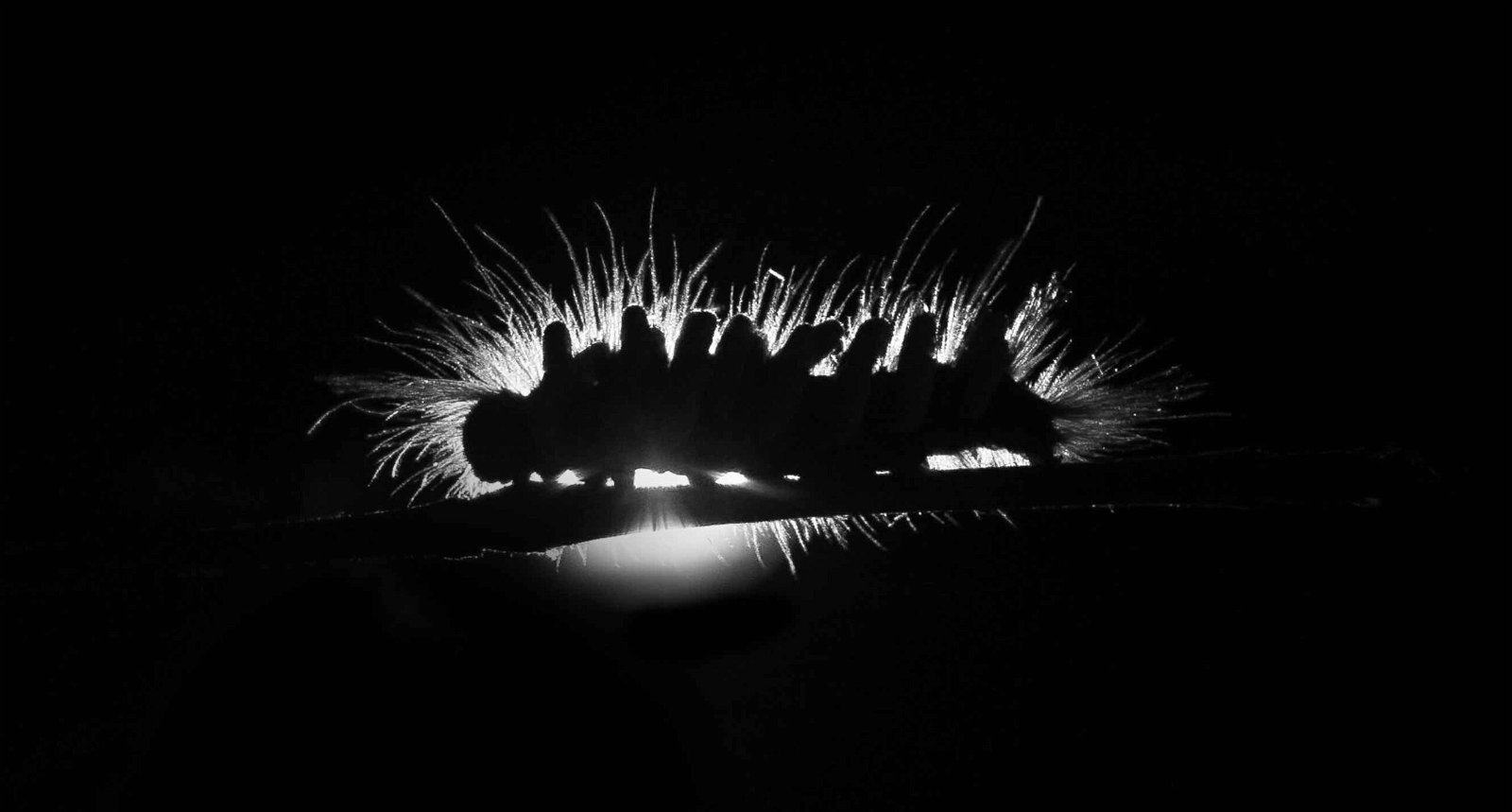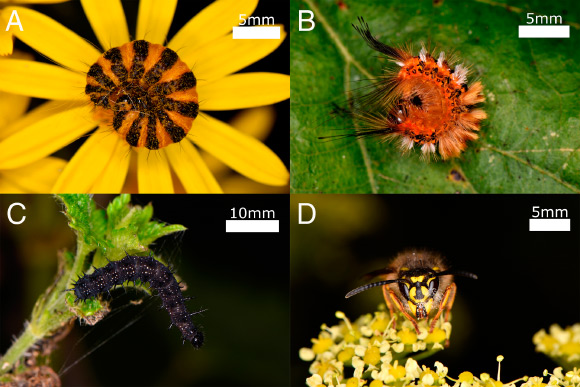Newly Discovered «Sixth Sense» Allows Caterpillars to Detect Predators Before Attack
In a groundbreaking study conducted by researchers at the University of Bristol, UK, scientists have uncovered evidence of a previously unknown sensory ability in caterpillars that allows them to detect predatory wasps before they strike. This newfound «sixth sense» involves the use of electroreception, where caterpillars are able to sense the electric fields of approaching wasps and engage in defensive behaviors in response.
The study, led by researchers Sam England and Daniel Robert, explores the role of static electricity in predator-prey interactions and sheds light on how caterpillars utilize this sensory information to protect themselves from predators. By measuring the electrostatic charges of both predatory wasps and various caterpillar species, the researchers found that caterpillars are capable of detecting the strong electric fields emitted by their predators.
Furthermore, behavioral experiments involving three different species of caterpillars revealed that these creatures exhibit defensive actions such as coiling, flailing, and biting when exposed to simulated electric fields resembling those produced by nearby wasps. The researchers also identified potential electroreceptive structures in caterpillars, such as filiform setae, which have been shown to possess sensitivity to electric fields and trigger defensive responses.
This groundbreaking discovery not only uncovers a previously unknown aspect of predator-prey interactions but also raises questions about the ecological significance of naturally occurring electricity in the environment. The researchers’ findings, published in the journal PNAS, open up new avenues for further research into the sensory capabilities of caterpillars and the impact of electric fields on predator-prey dynamics.
Caterpillars Develop Unique Defense Mechanism to Detect Predators
The animal kingdom is full of remarkable examples of defense mechanisms that species develop to protect themselves from predators. From natural camouflage to venom and armor, organisms have evolved various strategies to survive in predator-prey interactions. However, a recent study by researchers at the University of Bristol has revealed a new and unique defense mechanism utilized by caterpillars to detect predatory wasps before they strike.
Through the use of electroreception, caterpillars are able to sense the electric fields of approaching wasps and engage in defensive behaviors to fend off potential attacks. This sensory ability, described as a «sixth sense» by researchers, allows caterpillars to detect the presence and location of predators, providing them with valuable information to avoid becoming prey.
The study, led by researchers Sam England and Daniel Robert, highlights the importance of static electricity in predator-prey interactions and demonstrates how caterpillars have evolved to utilize this sensory information for their survival. By detecting the electric fields emitted by predatory wasps, caterpillars are able to respond with defensive actions that may deter attacks and increase their chances of survival in the wild.
The researchers’ discovery not only sheds light on the remarkable adaptations of caterpillars but also opens up new possibilities for studying the ecological significance of electroreception in predator-prey dynamics. By uncovering this hidden dimension of sensory information, the study contributes to our understanding of the complex interactions between species in the natural world.
Groundbreaking Study Reveals Caterpillars’ Ability to Sense Predators Using Electroreception
A team of researchers from the University of Bristol has made a groundbreaking discovery about the sensory abilities of caterpillars, revealing that these creatures possess a unique «sixth sense» that allows them to detect predatory wasps before they strike. Through the use of electroreception, caterpillars are able to sense the electric fields of approaching predators and engage in defensive behaviors to protect themselves from potential attacks.
Led by researchers Sam England and Daniel Robert, the study demonstrates how caterpillars are capable of detecting the electrostatic charges carried by predatory wasps, enabling them to respond with defensive actions that may help them avoid becoming prey. By measuring the electric fields emitted by both predators and prey, the researchers were able to show that caterpillars possess the ability to sense these fields and react accordingly.
The findings of this study not only provide new insights into the sensory capabilities of caterpillars but also raise questions about the ecological significance of electroreception in predator-prey interactions. By uncovering this hidden dimension of predator detection, the researchers have opened up new avenues for further research into the sensory mechanisms of caterpillars and the impact of electric fields on their survival in the wild.

